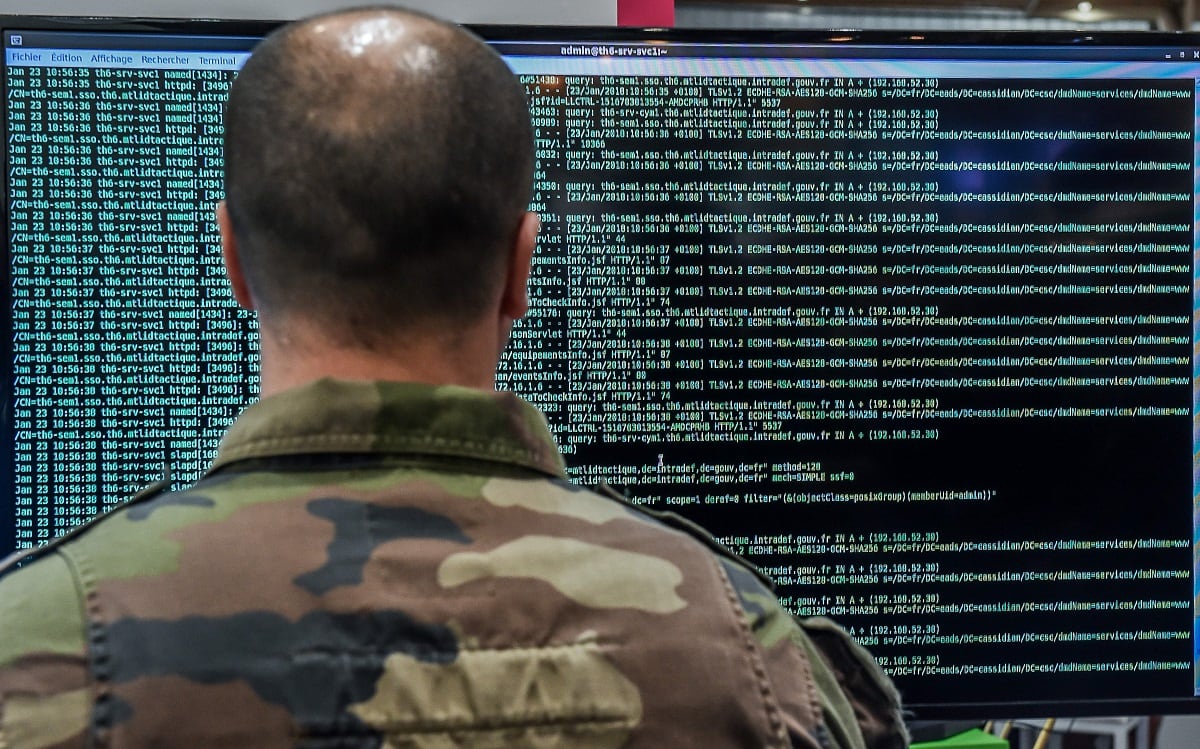Within the U.S military services, leaders often discuss the close relationship of cyber warfare and electronic warfare. But what’s less clear is the relationship between these two disciplines at U.S. Cyber Command.
That may be changing.
According to recent budget documents as well as industry representatives, Cyber Command is investing tens of millions of dollars in tools that allow operators to take advantage of cyberspace as well as the electromagnetic spectrum.
Traditionally, Cyber Command’s high-end warriors have focused on IP-based networks. But some targets in the future may not be connected to these types of networks and instead may only be accessible through the electromagnetic spectrum. As a result, budget documents for fiscal year 2020 point to several initiatives across the military’s cyber organizations to develop electronic warfare systems in conjunction with more traditional cyber tools.
One item in the Air Force’s research and development budget requests $16.6 million dollars in fiscal year 2020 for “cyber technology development.” This specific item seeks to “demonstrate, develop and evaluate prototype electronic warfare (EW) and cyber capabilities,” with plans in fiscal year 2020 going toward continued adaption of electronic warfare technology and “cyber-peculiar” capabilities to gain access to targeted enemy forces.
In addition, the Air Force, which serves as executive agent procuring cyber command and control capabilities for the joint force, is asking for a total of $35 million across a portfolio it calls Distributed Cyber Warfare Operations.
This “provides advanced offensive cyber warfare capabilities to the 24th Air Force in direct support of U.S. Cyber Command, Air Force major commands, unified commands, and national agency cyber warfighting requirements,” the documents state.
“This portfolio of capabilities permits Combatant Commanders the ability to operate in and through cyberspace to manipulate, disrupt, deny, degrade, or destroy targeted computers, information systems, or networks, and actively gather information from computers, information systems and networks.”
The program element is broken into three items, which include payloads, platforms and access/infrastructure, asking for $6.6 million, $10 million and $18.5 million respectively in fiscal year 2020.
The budget documents state that when combatant commanders combine these three items they can have a host of cyber effects at their disposal, including mission planning, electronic warfare operations, offensive counter-cyber and cyber effects through the electromagnetic spectrum.
Gen. Paul Nakasone, the head of Cyber Command, told Congress in March that synchronizing non-kinetic capabilities such as cyber, electronic warfare and information operations provides a tremendous capability for commanders.
When asked, what the cyber role of electronic warfare would play, whether it’s planning the intended effect or having cyber mission forces operate the electronic warfare system, Nakasone said Cyber Command officials are still working through that.
Mark Pomerleau is a reporter for C4ISRNET, covering information warfare and cyberspace.







